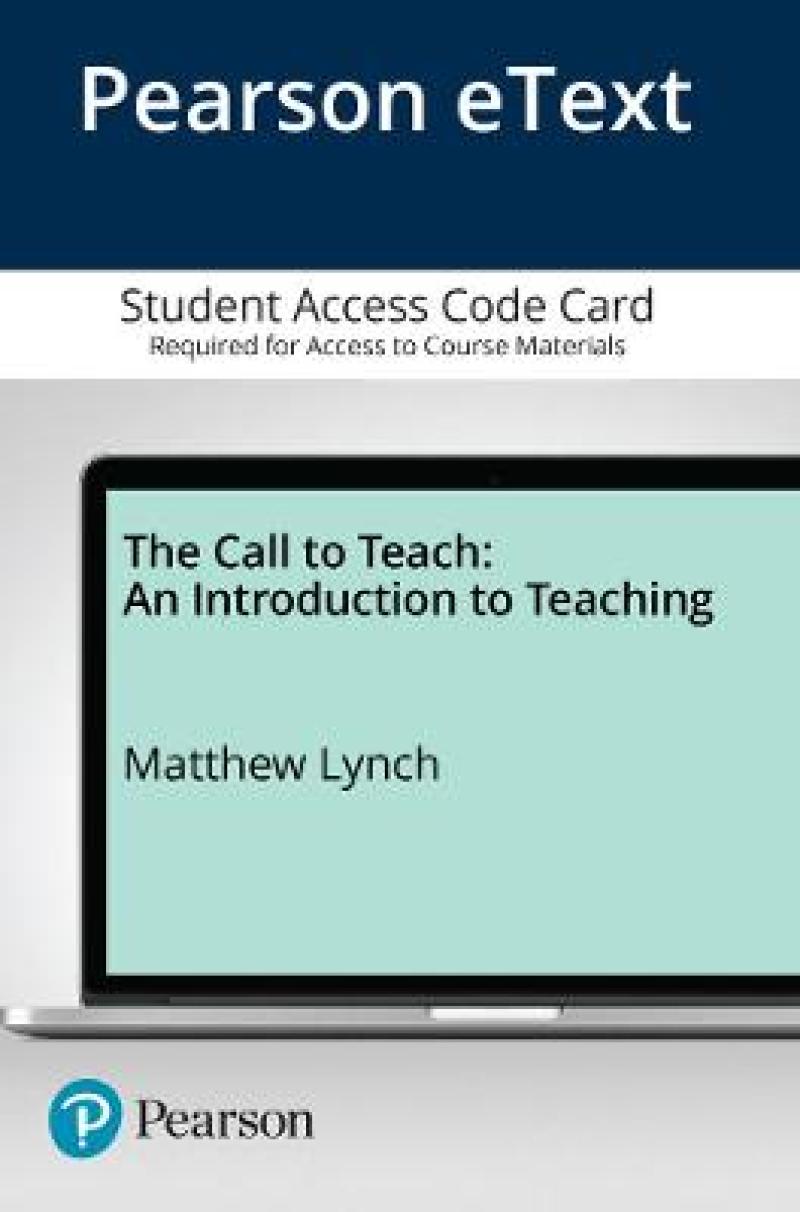Lois Paretti, University of Nevada, Las Vegas
The text is comprehensive, covering most of the material that I include in the course. It is written at a level that is easy for students to read and understand. The case studies, readings, chapter on diversity and connections to the INTASC Principles are strengths. The content is comprehensive. The depth and breadth are appropriate and the text is organized sensibly. The manuscript is written in a way that makes it accessible and engaging to students taking this course. The text is objective and fair describing various perspectives. Information is presented thoroughly and encompasses various viewpoints. research base is broad and varied. This is a well -written, comprehensive introductory text. The topics included are relevant and the perspective is varied, discussing issues objectively. The writing style is clear, interesting and engaging. It is written at a level that is appropriate for my students. Concrete examples of connections between theory and practice are discussed in detail.
Patrick Spearman, Youngstown State University
The text places the teaching profession in the proper historical, political, and social context. This is needed in the field in order for students to be able to understand the relationship between schooling and the larger society. This text is an innovative and provocative read and keeps the readers’ attention throughout. The authors explore many difficult and challenging issues including poverty, sexism, culture, and racism and its impact on education and academic achievement.
Carrie Dale, Eastern Illinois University
The author has done a very good job of taking discrete chapter topics and weaving them together into a coherent text that is reader-friendly, practical and encourages the development of positive teacher dispositions. Each chapter explains the content in an organized way, and a creative teacher educator will be able to take this knowledge base and help pre-service teachers begin to envision what live would be like if THEY were the ones responsible for children’s learning.
Judith Jackson May, Bowling Green State University
The organization of the text is extremely user friendly for instructors and students. Each chapter is furnished with an introduction, which will served as an excellent teaching tool in addition to assisting the student in appreciating what purpose the chapter will serve before reading. The focus questions provide a blue print for the instructor in ensuring that students truly understand the information presented in the chapter. Each chapter has specific topic headings for easy navigation. Finally, each chapter finishes with a glossary that is unique to the chapter only, versus the entire text.

